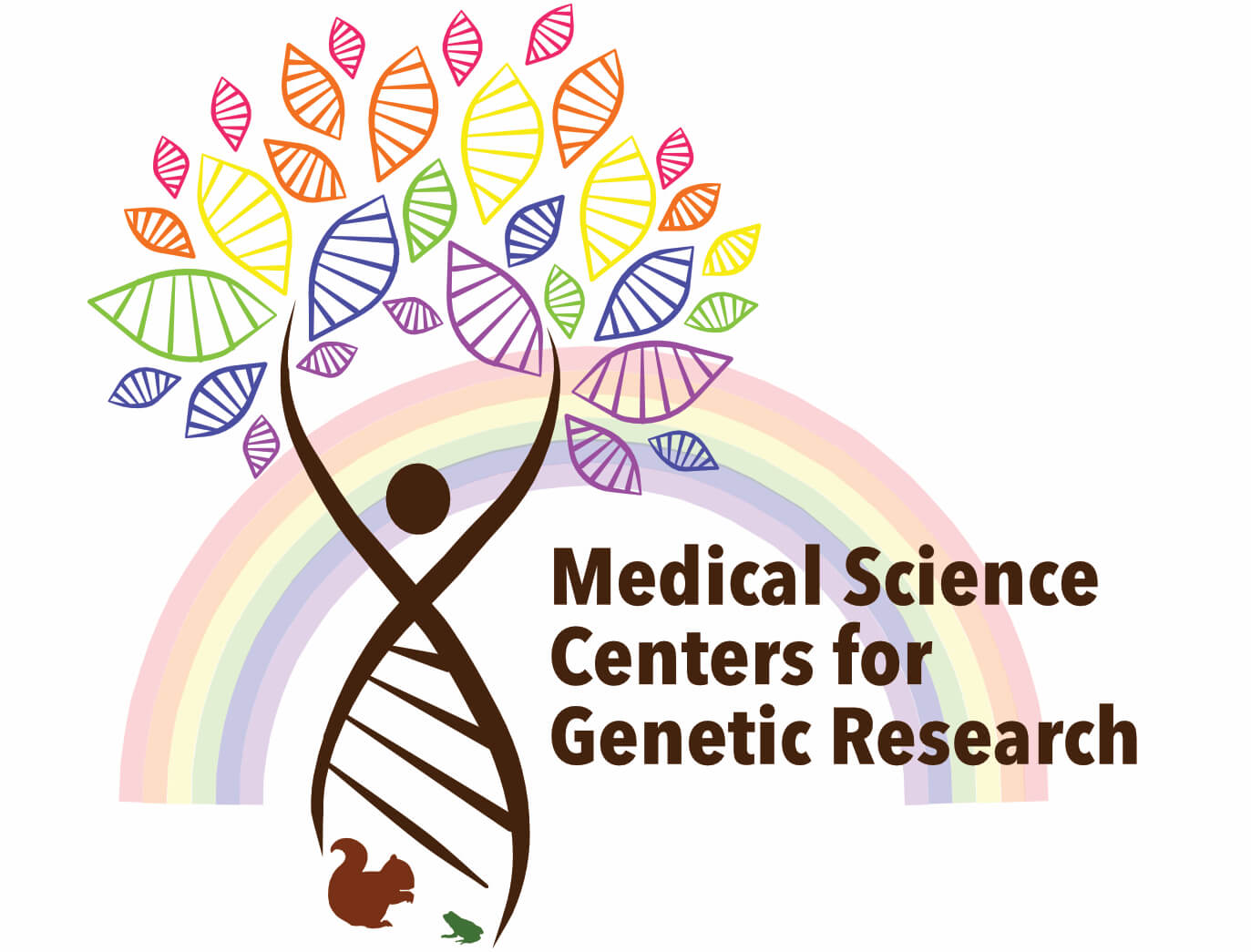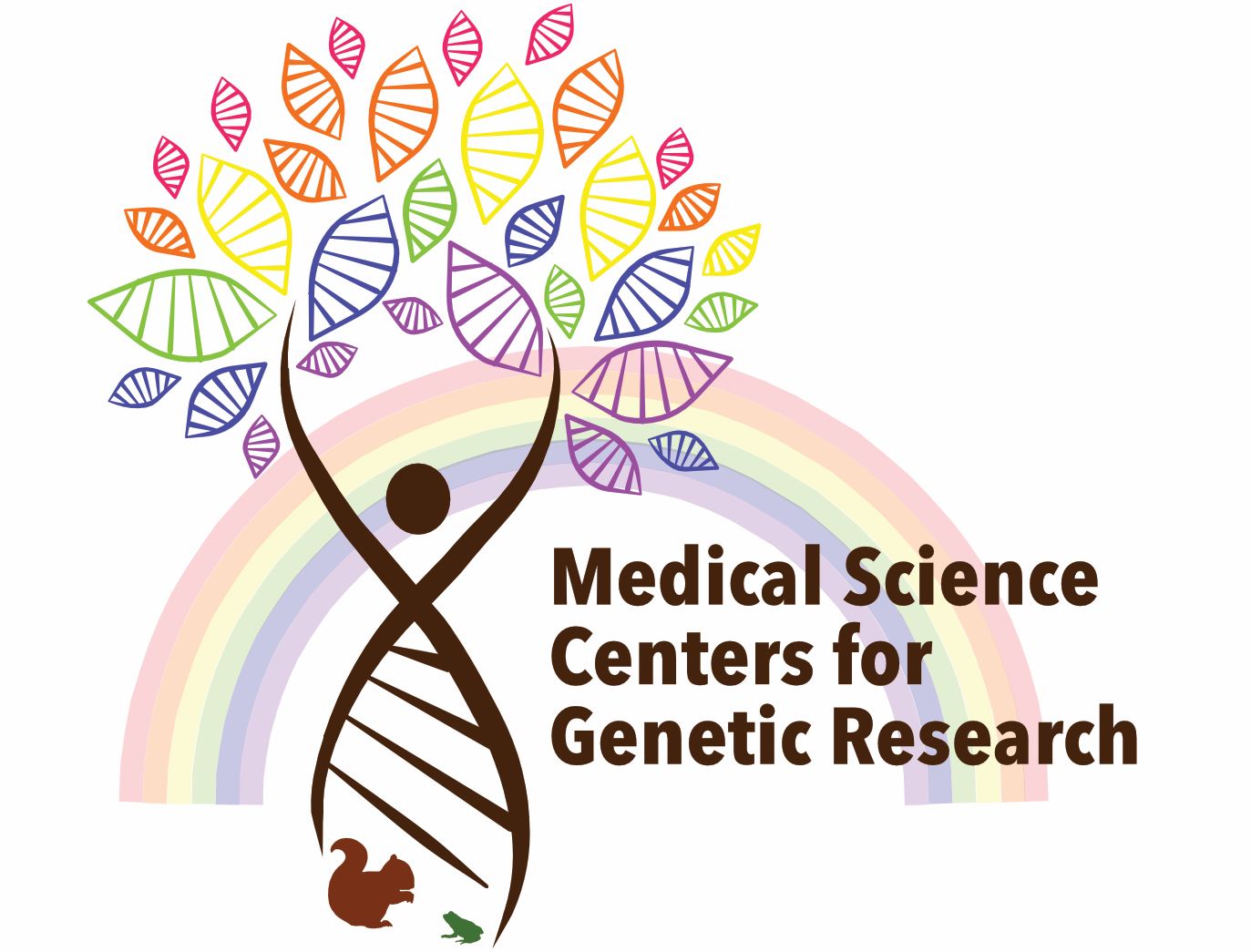Medication Issues in Aged Care Populations
- Increasing demand for improved medication management programs from payers, patients, and their families
- Unplanned hospital admissions are the only publicly reported home health care patient outcome that have never improved at the national level.**
- Up to one in 10 home care patients will experience an adverse event related to medication***
- Polypharmacy drives a greater risk of falls, with possible interactions from a range of drug families.
- Increasing requirements for continuous patient monitoring for potential drug interactions
- Newer medications stipulating genomic testing to determine efficacy
- Traditional consulting pharmacy model cannot proactively identify and impact new patient issues
** http://www.nahc.org/pdf_apps/BriggsStudy.pdf
***Int J Qual Health Care. 2010;22(2):115-125.
WHERE IS PGX HELPING REDUCE COSTS?

ONE SIZE DOES NOT FIT ALL
PATIENT POPULATION, INEFFECTIVE DRUGS BY CLASS

DRAMATIC REDUCTION IN RE-ADMISSIONS AND ER VISITS IN POLYPHARMACY HOME HEALTH CARE PATIENTS3
- 50-and-older (n=110) taking an average of 11.6 Rx drugs
- Study looked at Hospital readmissions, ED visits, Death and Medicare admin quality measures
- Patients with a pharmacogenetic test yielded this improvement:

3 Elliott LS, et al., PLoS ONE 2017
4J Med Econ. 2016;19(3):213-28
- IMPACT study completed by the University of Utah in 2015
- Brixner D et al.4 compared healthcare resource utilization (HRU) and clinical decision-making for elderly patients based on CYP450 testing to a cohort of similar non-tested patients
- Patients 65 and older taking multiple medications
- 205 tested patients and 820 untested patients
- Patients with CYP DNA tested had a significant decrease in hospitalizations (39%) and ED visits (79%), resulting in potential cost savings.
EMPOWERING PERSONALIZED MEDICINE
Medication-related adverse events:
One of the most common reasons for hospital admissions.1
Issues arising from medication conflicts are estimated to cause over 100,000 deaths/year, and represent the fourth leading cause of preventable death in the US.2
In addition to the most severe adverse events, millions of patients suffer from poor or ineffective treatment due to medication interaction or metabolism issues.
“Over 200 FDA-approved drugs have pharmacogenomic information on their labelling,and over 50% of drugs in development have an accompanying biomarker program”
1 Chapter 7: Pharmacogenomics. Karczewski KJ, Daneshjou R, Altman RB PLoS Comput Biol. 2012; 8(12):e1002817.
2 Preventable Drug Adverse Reactions – 03/14/2016
THIS IS PREVENTABLE WITH PERSONALIZED MEDICATION MANAGEMENT

REAL WORLD EXAMPLES
EXAMPLE 1 :
- Roger: 52 yr. old, 4 yrs. post MVA and cervical fusion.
- Chronic pain having seen 4 pain doctors in 4.5 years.
- Taking Lortab (2D6), hydrocodone (2D6), oxycodone (2D6), and Zoloft (2C19).
- Roger has NO pain relief and anti-depressant was not effective.
- Roger’s report shows he is a Poor Metabolizer of 2D6 and cannot convert opioids to active forms. He is switched to oxymorphone. Roger is also a Ultra-Rapid Metabolizer of 2C19. He is moved to a higher dose which results in therapeutic benefit.
EXAMPLE 2 : (RIGHT MED VERIFICATION, MEDICATION MGT.):
-
- Mr. Smith is taking Effient. It’s $254 per month!
- Mr. Smith’s report shows he is a Normal Metabolizer of 2C19.
- He is moved to generic Plavix (2C19) for $32 per month.
EXAMPLES CONTINUED:
EXAMPLE 3 :
-
-
- AB has had back pain, has been on multiple forms of opioids (2D6) with no relief. Physician has concerns of abuse and puts him on Suboxone at a cost of $192 per month.
- AB’s report shows he is a Poor Metabolizer of 2D6 and cannot convert opioids to active forms.
- He is switched to Oxymorphone for $40 per month.
-
EXAMPLE 4 (GENE TO DRUG MATCHING):
-
- Scott has been on two different statins for his high cholesterol and is currently taking branded Crestor ($135 per month)
- Scott’s report shows he is an Normal Metbolizer of 3A4/5 and has a normal function of the SLCO1B1 transporter.
- He is switched to generic Lipitor/atorvastatin $27 per month
WHAT DO THESE EXAMPLES SHOW FINANCIALLY?
Example 1: Lortab, Oxycodone, Hydrocodone $300 per month
Oxymorphone $40 per month
Saving $260 per month
GENOMICS IN PRACTICE
SAMPLE RISK STRATIFICATION
- Rx claim data for 421 covered lives entered into proprietary algorithm
- 36% of the total population are taking at least one medicine that has pharmacogenetic guidance (PGX relevance) in which a potential gene- drug interaction is possible.
- Almost 10%, or 41 people, have 4 or more PGX relevant potential interactions.
- 192 people are taking 4 or more medicines
- Rx disease state rankings:
| Percent | ||
|---|---|---|
| Person Count | 421 | |
| People with a PGX Relevant | 153 | 36.34% |
| People with 2 or more PGX | 95 | 22.57% |
| People with 3 or more PGX | 61 | 14.49% |
| People with 4 or more PGX | 41 | 9.74% |
| Class 3 Name | Class 2 Name | Class 1 Name | PersonCount |
|---|---|---|---|
| Pathological Conditions, Signs and Symptoms | Signs and Symptoms | Pain | 134 |
| Pathological Conditions, Signs and Symptoms | Signs and Symptoms | Pain, Postoperative | 111 |
| Pathological Conditions, Signs and Symptoms | Signs and Symptoms | Fever | 95 |
| Respiratory Tract Diseases | Respiration Disorders | Cough | 91 |
| Respiratory Tract Diseases | Lung Diseases | Lung Diseases, Obstructive | 70 |
| Cardiovascular Diseases | Vascular Diseases | Hypertension | 65 |
| Cardiovascular Diseases | Heart Diseases | Heart Failure | 63 |
| Mental Disorders and Manifestations | Mental Disorders | Depressive Disorder | 60 |
| Skin and Connective Tissue Diseases | Connective Tissue Diseases | Osteoarthritis | 55 |
PROACTIVE DRUG LOOKUP AND RECOMMENDATIONS

DATA REVIEW
Single Instance, 1311 tested patients, High and Moderate Alerts
| Drug | Count of High Alerts |
|---|---|
| Escitalopram | 79 |
| Clopidogrel | 47 |
| Metoprolol | 46 |
| Citalopram | 37 |
| Risperidone | 35 |
| Tramadol | 30 |
| Simvastatin | 24 |
| Venlafaxine | 15 |
| Paroxetine | 13 |
| Haloperidol | 8 |
| Amitriptyline | 7 |
| Bupropion | 6 |
| Codeine | 5 |
| Ondansetron | 4 |
| Nortriptyline | 2 |
| Clomipramine | 1 |
| Doxepin | 1 |
| Grand Total | 360 |
| Tested Patients | 1,311 |
Real-world alerts discovered by MedTek21 – significant issues with behavioral health, blood/cardiac, pain medications
Sample guidance for Escitalopram (Lexapro) – 58 of 79 guidance recommendations At standard label- recommended dosage, escitalopram plasma concentrations levels are expected to be low which may result in a loss of efficacy. Consider an alternative medication. If escitalopram is warranted, consider increasing the dose to a maximum of 150% and titrate based on the clinical response and tolerability.
| Drug | Count of Moderate Alerts |
|---|---|
| Citalopram | 394 |
| Olanzapine | 214 |
| Lorazepam | 210 |
| Citalopram | 37 |
| Escitalopram | 182 |
| Atorvastatin | 129 |
| Warfarin | 119 |
| Hydrocodone | 111 |
| Ondansetron | 72 |
| Risperidone | 70 |
| Clozapine | 66 |
| Omeprazole | 66 |
| Sertraline | 63 |
| Pantoprazole | 60 |
| Clopidogrel | 51 |
| Donepezil | 41 |
| Bupropion | 39 |
| Tizanidine | 26 |
| Oxycodone | 25 |
| Pravastatin | 25 |
| Morphine | 23 |
| Top 20 | 1,986 |
| Others | 274 |
| Grand Total | 2,260 |
| Tested Patients | 1,311 |
Sample guidance for Clopidogrel – 42 of 47 guidance recommendations: Consider alternative therapy.
Examples of alternative drugs: prasugrel (contraindicated in TIA/Stroke patients), ticagrelor, aspirin, aspirin plus dipyridamole.
SAMPLE ECONOMICS – LTC FACILITY
The following highlights the significant value of introducing a personalized medication testing program to a long term care facility.

Sample 150 patient facility
- Improved star ratings: The benefits of personalized medication testing directly impact results of a number of MDS survey questions.
- Reduce drug – related adverse events/illnesses
- Improve pain management, behavioral medication efficacy
- Identify clot/bleed risks
- Treatment data valued by over 95% of clinicians
- Reduce cost to recruit and fill a new bed in LTC = $2,500+
- Lifetime patient benefits
Sources:
- Salivdar et al., “Initial assessment of the benefits of implementing pharmacogenetics in to the medical management of patients in a long term care facility.” Pharmacogenomics and Personalized Medicine – January 2016
- Kymes et al., “Association Among Change in Medical Costs, Level of Comorbidity, and Change in Adherence Behavior”, American Journal of Managed Care, vol 22, no 8, 2016
- Carrol et al, “Fall-Related Hospitalization and Facility Costs Among Residents of Institutions Providing Long-Term Care.” The Gerontolgist, vol 48, no 2, 2008.
- Elliott et al., “Clinical impact of Pharmacogenetic Profiling with a clinical decision support tool in polypharmacy home health patients,” PLOS One, February 2, 2017
- Internal data
MEDICATION SAVINGS
Medication costs are reduced across a wide range of patient populations and disease states.
- Typical medication cost savings of $500-$1,000+ per patient per year with polypharmacy issues
- Improved medication efficacy can reduce overall medical costs by 28% in patients with behavioral health needs
- Cost savings from reduced ADR-related hospital visits can save thousands per event

PHARMACOGENETIC SOLUTIONS
- Productivity tools providers.
- Help providers decide if a test is needed, provide a portal and dynamic tools for viewing results.
- Results are saved for future prescribing decisions, eliminates need for PDF reference.
PHARMACOGENETIC SOLUTIONS
- Productivity tools providers.
- Help providers decide if a test is needed, provide a portal and dynamic tools for viewing results.
- Results are saved for future prescribing decisions, eliminates need for PDF reference.

PGX PERSONAL USE CASE:
Ms. F is a 54 year old women that is being treated for moderate hypertension. Over the past two years, she has had frequent flu like symptoms that she described as a chronic body ache, especially around the major limbs of her body. She was diagnosed with fibromyalgia and Ms. F’s physician prescribed paroxetine, codeine and celecoxib for her symptoms as well as physical therapy. In a follow up visit, Ms F reports that her appetite seems to have increased, but the frequency and intensity of her pain does not appear to change. She now reports a high level of constipation and daytime sedation

Medication History:
Paroxetine, Codeine, Celecoxib, Lasix, Lisinopril
As a result , Ms. F has gone on short term disability from her job as a teacher. She is hopeful to return to work for the following school year, but may be assigned to a substitute teaching position due to her inability to work five days per week.The considerable loss of income has affected her mood, sleep and standard of living and is contemplating going onto long term disability.
PHARMACOGENOMICS (PGX) ANALYSIS

- Dr. Michael uses Synergy Labs for molecular testing and recently they added PGxPersonal to their portal.
- This tool calculates the potential benefit of pharmacogenomics testing for Ms. F.
- Her physician is not aware of the specific genetic guidance for any of the medications but is curious to see what information may be surfaced.
- In entering Ms. F’s current medication, Dr. Michael learns that:
- A 12% prevalence of critical warnings exists in the population for both Paroxetine and Codeine.
- A Pharmacogenomic test is strongly recommended.

MEDS REVIEW




By selecting the icon showing a Drug-Drug or Drug-Gene conflict, the provider is led to a menu of alternatives that can be sorted by level of potential conflict.
CUSTOMER FEEDBACK



